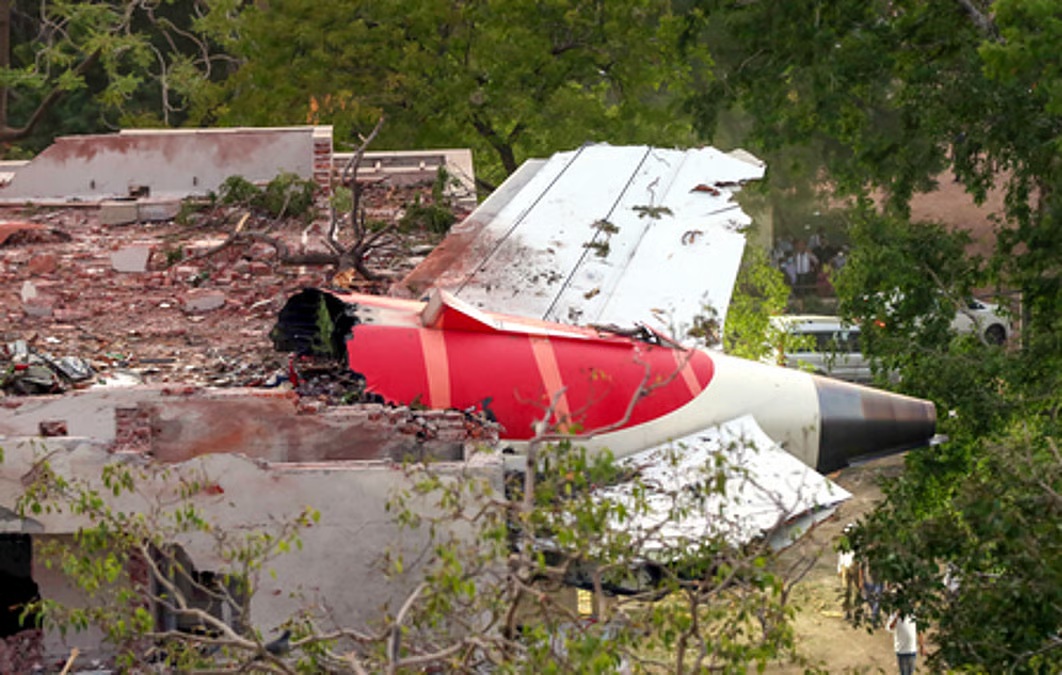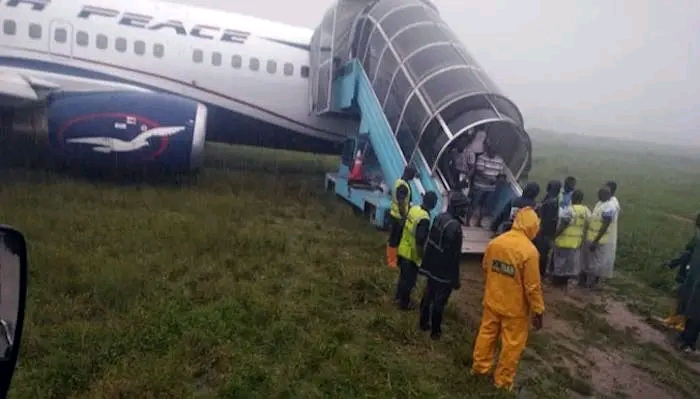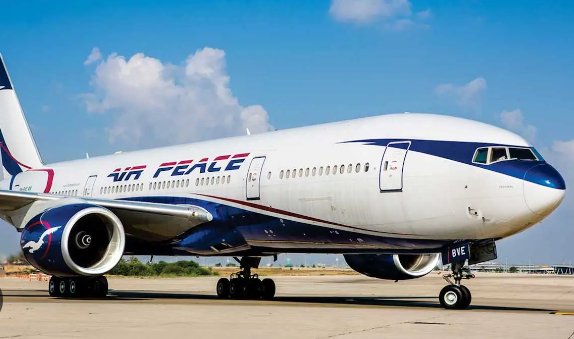News
REVEALED: The Real Reason Behind Air India AI171 Crash

The preliminary investigation report into the tragic Air India Flight AI171 crash near Ahmedabad on June 12, 2025, reveals critical findings about the cause of the accident, which resulted in 260 fatalities, including 241 onboard and at least 19 on the ground.
The aircraft involved was a Boeing 787-8 Dreamliner, operating a flight from Ahmedabad to London Gatwick.
The crash marks the first fatal accident involving the Boeing 787 Dreamliner and stands as India’s deadliest air disaster in decades.
Key Findings from the Preliminary Report
The Aircraft Accident Investigation Bureau (AAIB) released a 15-page preliminary report outlining the sequence of events leading to the crash.
According to the report, the aircraft reached a maximum indicated airspeed of 180 knots shortly after takeoff.
Immediately after this, both engines’ fuel cutoff switches unexpectedly shifted from the “RUN” to the “CUTOFF” position, with a one-second gap between the two transitions.
This caused an immediate loss of thrust from both engines, leading to the aircraft’s inability to maintain altitude.
The cockpit voice recorder captured a crucial exchange between the two pilots during the emergency.
One pilot asked the other, “Why did you cutoff?” to which the other replied, “I did not do so,” indicating that neither pilot intentionally shut off the engines.
This points to a puzzling and unexplained cause behind the fuel cutoff switches moving to the cutoff position.
The report also confirms that the Ram Air Turbine (RAT), an emergency backup power device, deployed automatically, signaling a total loss of engine thrust.
Despite the pilots’ attempts to restore fuel flow, Engine 1’s fuel cutoff switch was moved back to “RUN” at 10 seconds after the cutoff and Engine 2’s switch followed at 14 seconds, only Engine 1 showed signs of recovery.
However, the altitude and time remaining were insufficient to prevent the crash.
Damage and Impact
The Boeing 787 crashed into a medical college hostel complex near Ahmedabad airport, bursting into flames.
The impact destroyed the aircraft and caused significant damage to five buildings, with major structural and fire damage reported.
The crash site and the ensuing fire contributed to the high number of casualties on the ground.
The aircraft’s Engine and Flight Data Recorder (EAFR), commonly known as the “black box,” was severely damaged, complicating data retrieval.
The damage was so extensive that conventional methods could not download the data, limiting the investigation’s ability to analyze the full technical details of the failure.
Investigative Challenges and Current Status
The AAIB report did not provide a definitive reason for why the fuel cutoff switches moved to the cutoff position.
At this stage, no safety recommendations have been issued to Boeing or the engine manufacturer, General Electric, regarding the Boeing 787-8 or its GEnx-1B engines.
In parallel, Air India training pilots attempted to simulate possible failure scenarios, including electrical failures and single-engine failures, using the exact trim sheet data from AI171.
These simulations showed that the aircraft could safely climb with a single engine under normal conditions.
However, a dual-engine failure at low altitude, as occurred in this accident, is considered unrecoverable and is not part of standard pilot training due to its near-impossibility to survive.
Summary
The preliminary AAIB report on the Air India Flight AI171 crash reveals that the sudden and unexplained transition of both engines’ fuel cutoff switches from “RUN” to “CUTOFF” caused the loss of thrust moments after takeoff, leading to the fatal crash.
The pilots were confused and did not initiate the fuel cutoff, and despite attempts to restart the engines, the aircraft lost altitude and crashed into buildings near the airport.
The investigation is ongoing, with significant challenges due to the damaged black box and the unusual nature of the dual-engine fuel cutoff.
No immediate safety actions have been recommended for the Boeing 787 or its engines at this time.
This tragic event underscores the critical need for thorough investigation to understand the root cause and prevent such accidents in the future.
It also highlighting the limitations pilots face in managing dual-engine failures at low altitude.
For Diaspora Digital Media Updates click on Whatsapp, or Telegram. For eyewitness accounts/ reports/ articles, write to: citizenreports@diasporadigitalmedia.com. Follow us on X (Fomerly Twitter) or Facebook












